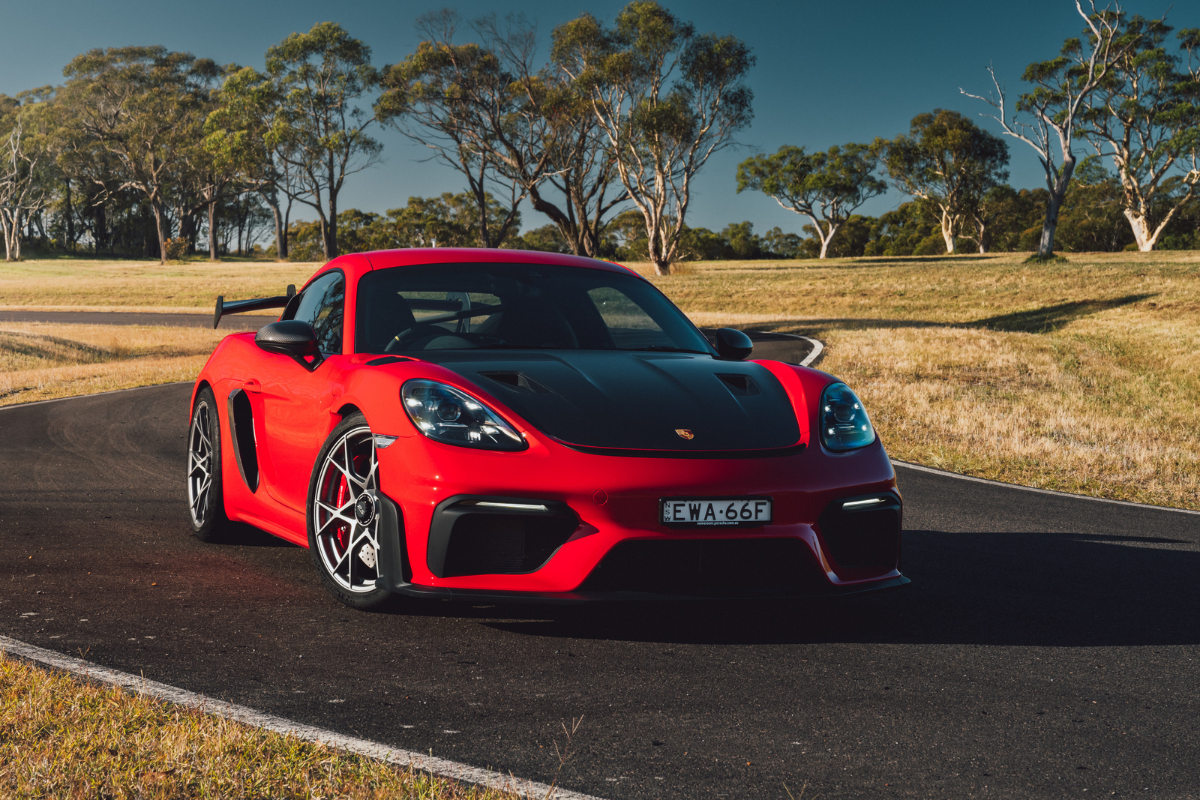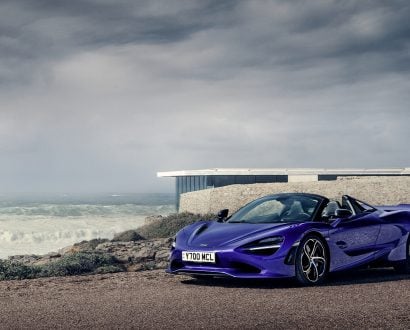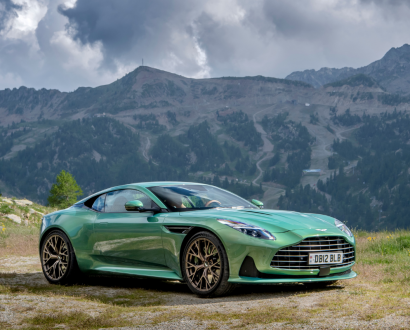What is it about we human beings that makes us enjoy the painful failures of others? Do warthogs quietly thrill when one of their kind trips, wallows and is eaten by a predator? Would any other species in the universe enjoy ‘fail’ videos as we do?
This question might be beyond me, but I must admit to occasionally wanting car companies – even my favorite ones – to falter. I can’t really explain why I’d like Porsche to stuff up and build something a bit ordinary, even once – inherent cruelty, a need to believe that no-one and nothing can succeed forever, perhaps – but I do.
Or I did, until Porsche introduced the 718 Cayman, a vehicle that abandoned its legendarily lush and lovely six-cylinder boxer engines in favor of new, more economical, perhaps even more sensible four-cylinder ones.
Typically, this Cayman – blessed with mid-engined balance and superlative steering like its forebears – was still undeniably fantastic to drive, but the unusual and borderline unbelievable failing was that its new engines sounded like large, farting dogs being whistled for by their owners. Or like a Subaru WRX, if you wanted to be kind.
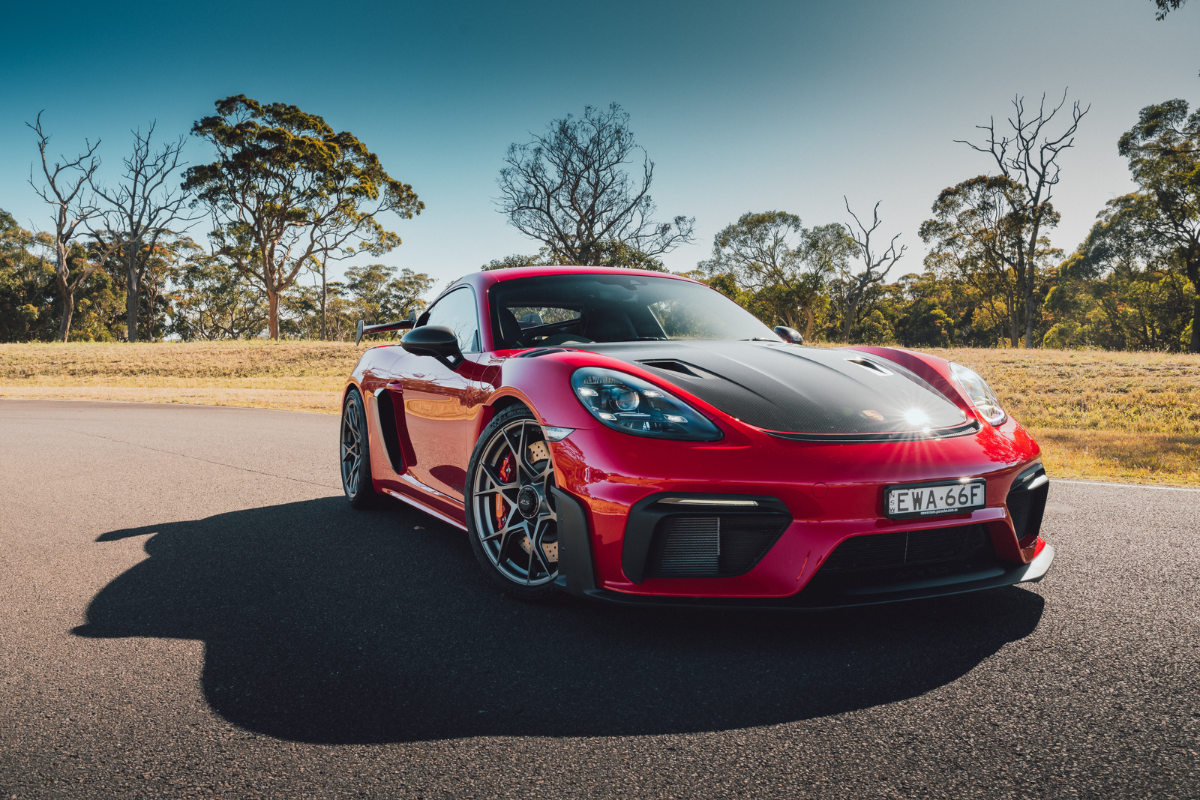
The 718 version of the Cayman was launched back in 2016 and, while it sold well enough, really it became showroom bait, with a price tempting enough to get a dreamer into a Porsche dealer, where they would soon realize that if they paid just a bit more they could have the 911 they’d always dreamed of, with a proper engine in it.
It’s taken Porsche a while, but it has now, finally, produced a 718 Cayman that makes up for all that, a vehicle so brilliant that it makes you forget, and forgive, all that came before it.
The solution was staggeringly simple – just rip the bonkers 4.0-liter six-cylinder naturally aspirated engine from the far larger and more expensive 911 GT3 and somehow shove it into the Cayman’s smaller and more sporting chassis (while the engine of a 911 hangs out over its tail, where physics would suggest it doesn’t belong, a Cayman places its powerplant in the middle, providing perfect balance).
The result is something akin to shoving a whopping old HSV V8 into a Mazda MX-5, only a lot better thought out. The Cayman GT4 RS is a 368 kilowatt monster, just like the 911 GT3, but it’s doing its work in a smaller, lighter and sharper Cayman.
Interior inspection
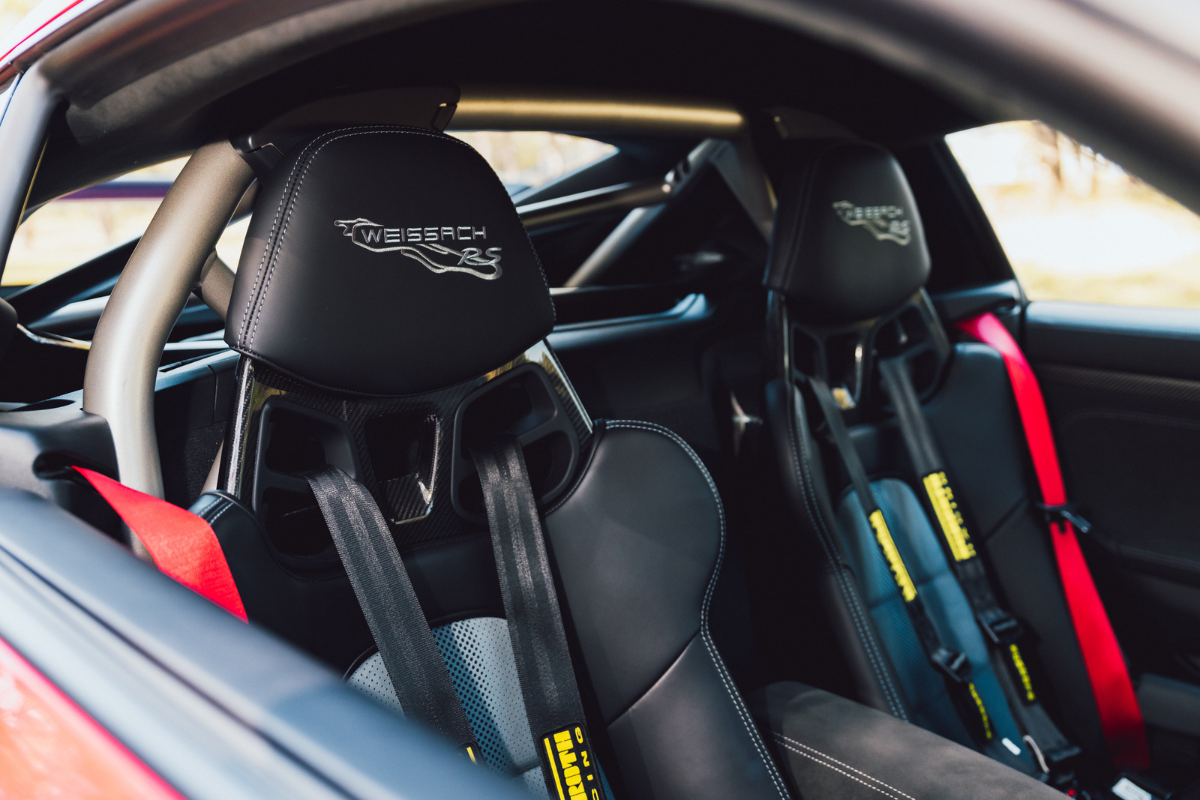
The result is superlative, although its styling – which looks like someone sprayed a fire hose filled with carbon fiber at a red car – might not be to everyone’s taste.
From the driver’s seat – a brutally hard and difficult to enter racing bucket, complete with four-point harnesses – it looks fabulous, however. There’s a little lip of carbon that smiles at you through the windscreen, a fire extinguisher in the passenger footwell to remind you that this Cayman was built more for racing than the road, and maps of Porsche’s Weissach test circuit sewn into the head rests (which shouts “take me seriously” more stridently than getting big tattoos of dragons and breasts).
What you also immediately notice about the interior is that it’s now almost seven years old, with a dated screen and infotainment setup that lacks many of the mod cons you’d get on an SUV Porsche these days. You might think this matters not, but on a vehicle that costs over US$149,000 it’s something of a shock, and a sure sign that this will be the last version of the 718 Cayman before an all-new version arrives.
The one bit of old-school tech I wish they had included is a manual gearbox, but RS cars are all PDK (savagely fast, flappy paddle gearboxes), and in this case the amount of torque the big engine is making (450 nanometers) would be just too much for any clutch.
As soon as you start driving the Cayman GT4 RS, your ears start to hurt.
While many cars would offer some kind of wall, or screen, or even some flimsy plastic between your head and the engine, this Porsche’s mad six sits in the car with you, a precious few inches from your head.
This is disconcerting, and then delightful, as you discover that the throttle becomes a musical instrument of sorts, or perhaps the conductor of an orchestra made up of orcs belting each other with metal hammers (and there’s even a little button you can press to make it louder still).
An overwhelming drive
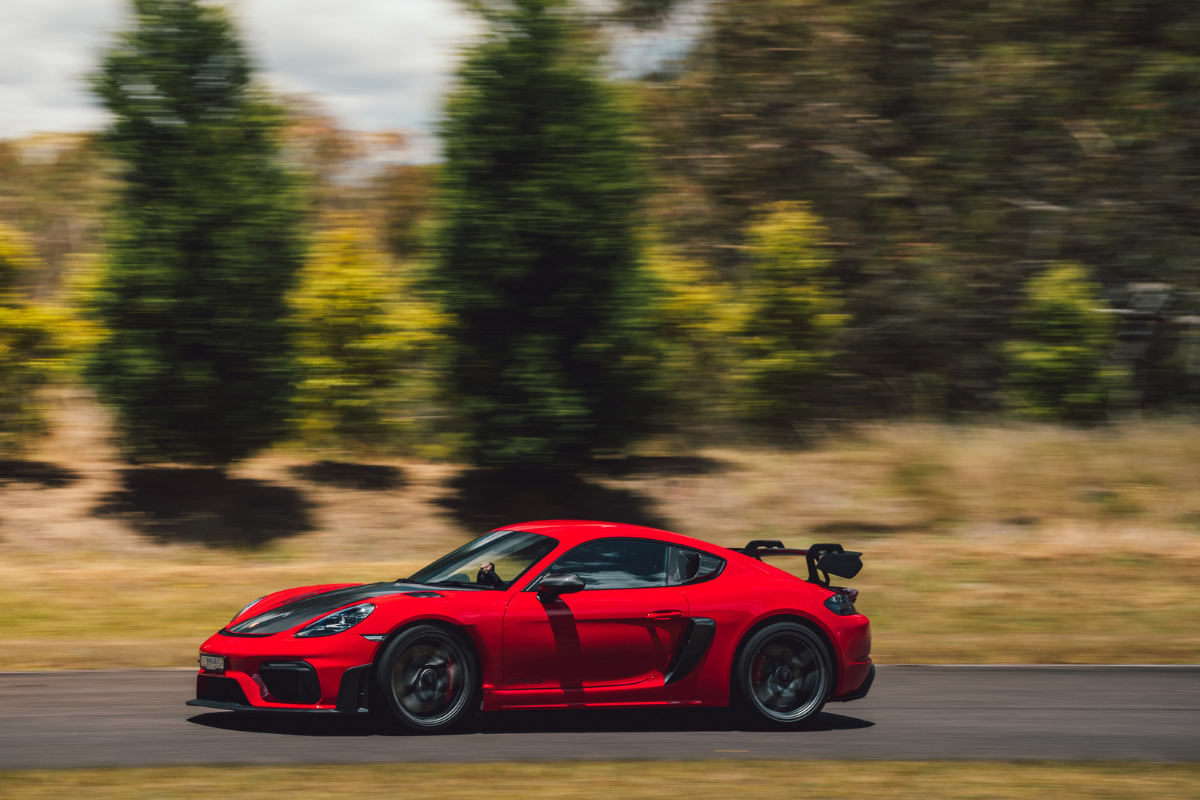
Spin the RS up to its redline at 9,000 revolutions per minute and your spine tingles like a tuning fork. It’s utterly brilliant. It’s also stupidly fast, of course, with a 0–100 kilometers per hour time of 3.4 seconds, which doesn’t tell you quite as much as this car’s ridiculous time around the legendary Nurburgring, a lap of seven minutes and 9.3 seconds, which is a whopping 23.6 seconds faster than the Cayman GT4 this car is based on.
What should properly boggle your mind is that this lap time is also even faster than a McLaren 720S, one of the most terrifyingly fast supercars a lot of money can buy.
All of that speed and grunt is particularly enjoyable to put to the ground because this Cayman is so powerfully planted to the road, in no small part by its vast rear wing.
The steering is also track-car terrific, the brakes quite astonishing and the whole package, in sum, almost overwhelming.
The trade-off, of course, is that the suspension, designed for marble smooth race tracks rather than the real world, can cause your spine to stop singing like a tuning fork and start shrieking for mercy. You really do start scanning the road ahead for bumps and doing anything you can to dart around them.
When Porsche lent me this car they actually asked whether I’d be taking it to a track, clearly assuming that I own one, and I can see that this would be the most sensible, and sensational, thing to do with this car. But even on public roads, particularly the good, smooth bits, the Cayman GT4 RS grabs you by the shirtfront and insists that you drive it hard, and give yourself a good fright or two.
It may well be the last Cayman 718 we’ll ever see, but what’s not in doubt is that it’s also the greatest of its line. Frankly, it’s almost annoyingly good.

